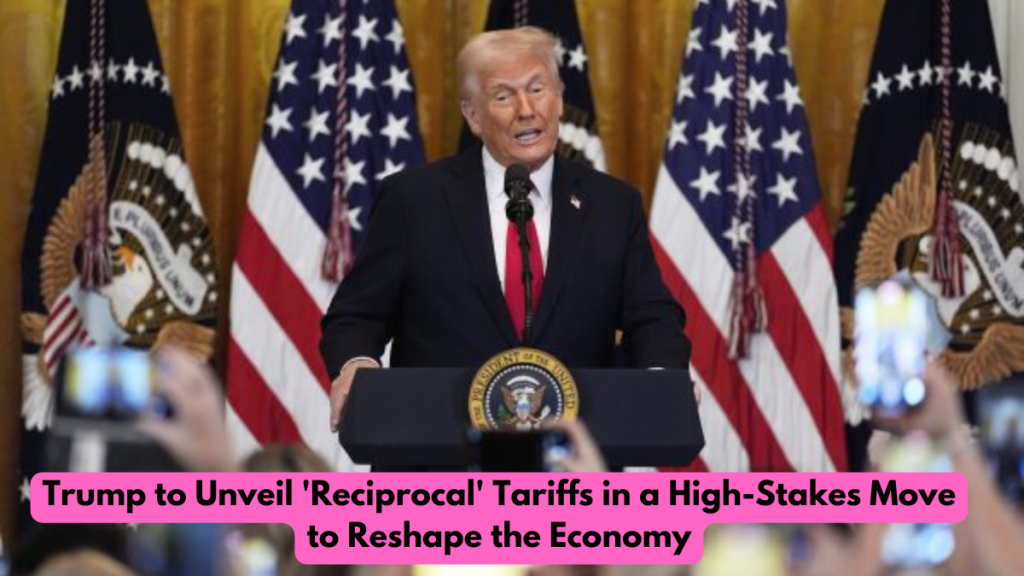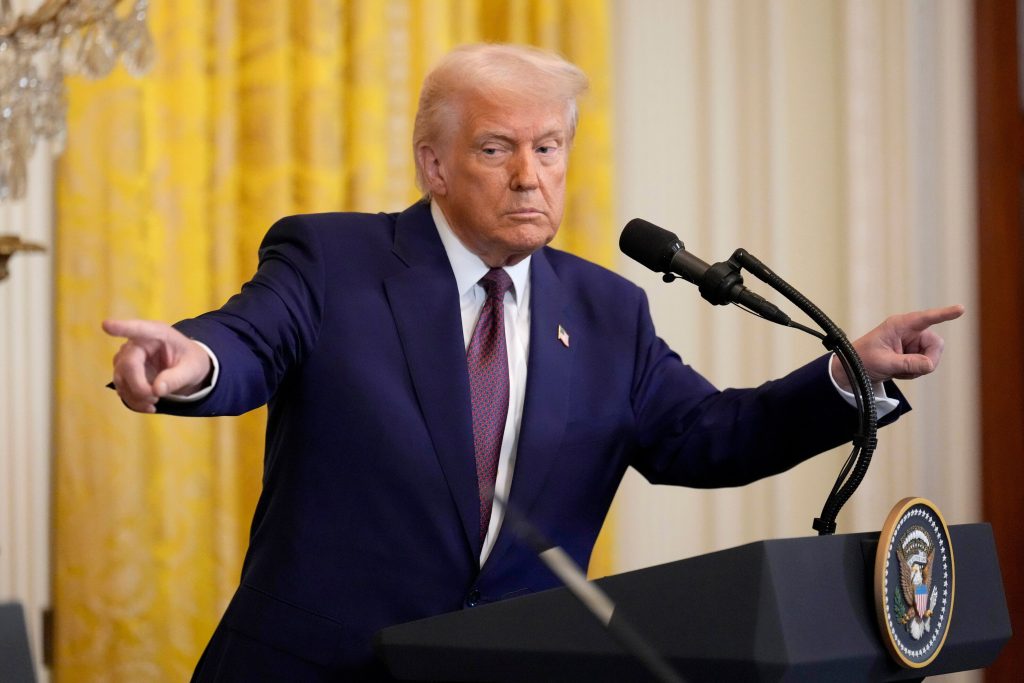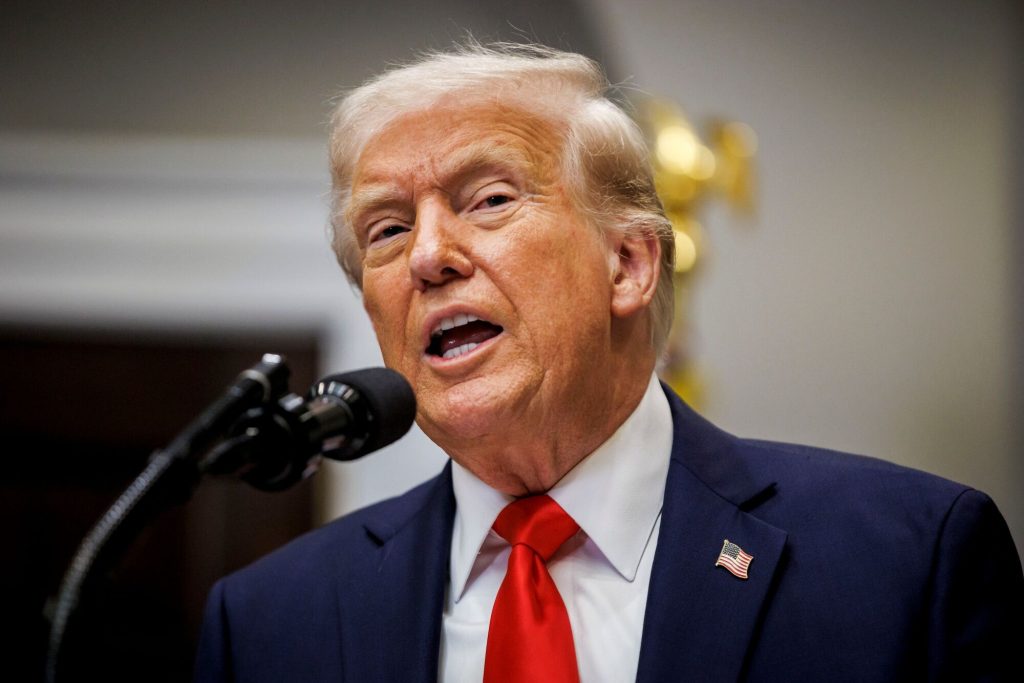
In a bold move that could significantly impact the global economy, former President Donald Trump is preparing to unveil a sweeping set of “reciprocal” tariffs aimed at countering what he perceives as unfair trade practices by other nations. The plan, which is expected to impose high duties on imports, has already sparked concerns about inflation, potential trade wars, and broader economic consequences.
The Tariff Plan and Its Scope
Trump’s proposed trade policy centers on implementing tariffs that match those imposed by foreign countries on U.S. exports. Reports indicate that his administration is considering a 20% blanket tariff on nearly all imported goods, along with specific duties such as a 25% tariff on automobiles and auto parts (New York Post).
The former president has long been a vocal critic of trade imbalances, arguing that countries like China, the European Union, and Japan have benefited from policies that put American businesses at a disadvantage. His latest move seeks to correct what he calls “decades of unfair trade.” However, economic analysts warn that such tariffs could trigger retaliatory measures from major trading partners, potentially disrupting supply chains and increasing costs for American consumers.
Economic Implications: Higher Prices and Inflation Risks

One of the biggest concerns surrounding the new tariffs is the impact on inflation and consumer prices. According to economic experts, American households could face an additional financial burden ranging from $3,400 to $4,200 per year due to rising costs of imported goods (AP News).
“Tariffs act as a tax on consumers,” said a senior economist at the Brookings Institution. “When companies have to pay more for imported products, they pass those costs on to buyers, driving up prices across the board.”
Potential Global Trade War and Retaliation
The announcement has drawn sharp criticism from international leaders. The European Union, China, and South Korea have already hinted at potential countermeasures, which could further escalate trade tensions. China, in particular, may retaliate by reducing agricultural imports from the U.S., redirecting purchases of soybeans and wheat to countries such as Brazil and Argentina.
In previous trade disputes, retaliatory tariffs have harmed American farmers, manufacturers, and exporters. The new round of tariffs could have similar effects, potentially leading to job losses in key industries that rely on foreign markets.
Historical Parallels: The Smoot-Hawley Warning
Economists have drawn comparisons between Trump’s tariff strategy and the Smoot-Hawley Tariff Act of 1930, which raised import duties on thousands of goods and exacerbated the Great Depression. Many worry that history could repeat itself, with aggressive protectionist policies leading to economic contraction rather than growth (Reuters).
“While Trump’s tariffs are aimed at boosting domestic production, they could ultimately slow economic activity by making goods more expensive and reducing global trade,” said a senior analyst at the Peterson Institute for International Economics.
Industries Likely to Be Affected
The proposed tariffs will have varying effects across different industries:
- Automobiles and Auto Parts – Higher import costs could lead to increased vehicle prices and potential layoffs in the auto sector.
- Technology and Electronics – Companies reliant on components from Asia may struggle with supply chain disruptions and higher manufacturing costs.
- Agriculture – Farmers may suffer from reduced exports, especially if China and the EU impose retaliatory tariffs on American crops.
- Retail and Consumer Goods – Price hikes could reduce consumer spending, impacting businesses that rely on imported products.
Government Response and Trade Policy Shift

The Biden administration has yet to comment on Trump’s proposed tariffs, but officials from the U.S. Trade Representative’s Office and the Department of Commerce are closely monitoring the situation. If enacted, the policy would mark a dramatic shift in U.S. trade strategy, potentially reversing efforts to rebuild alliances and reduce global economic friction.
For more information on U.S. trade policies and tariffs, visit official government resources such as the U.S. Trade Representative and the Department of Commerce.
What Happens Next?
As Trump moves forward with his tariff announcement, businesses and consumers alike will be watching closely. The coming months will determine whether this strategy strengthens American industries or leads to unintended economic fallout. Either way, the impact of this decision will be felt not only in the United States but across the global economy.



